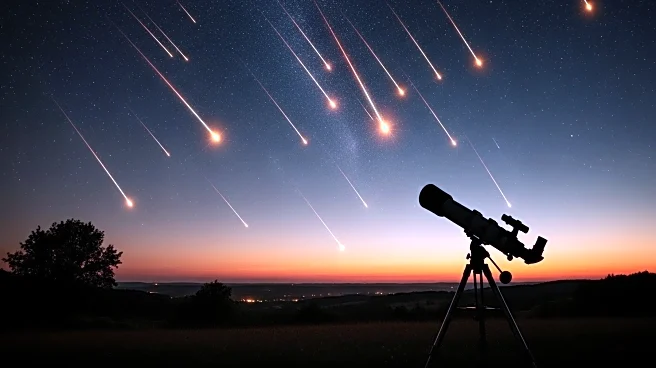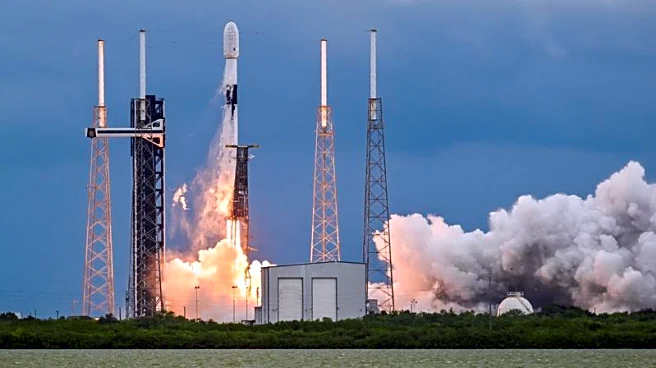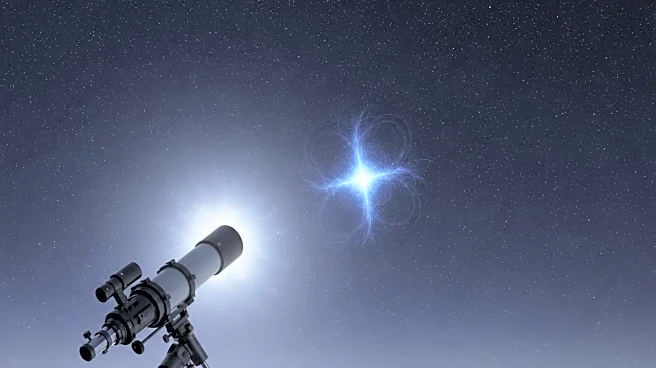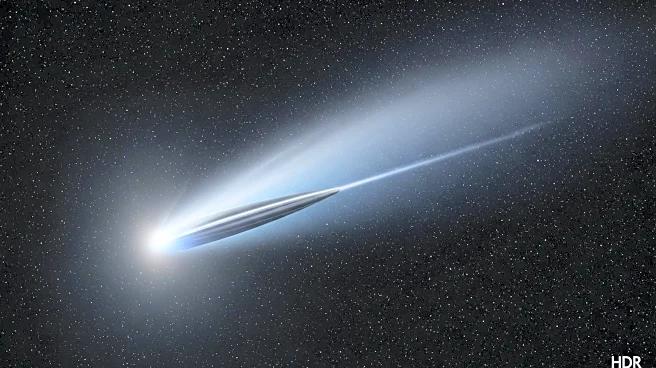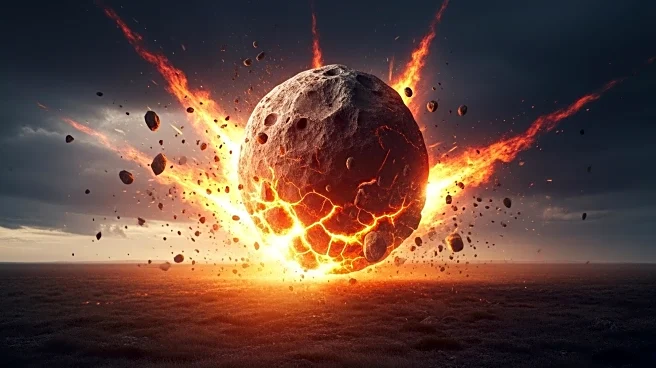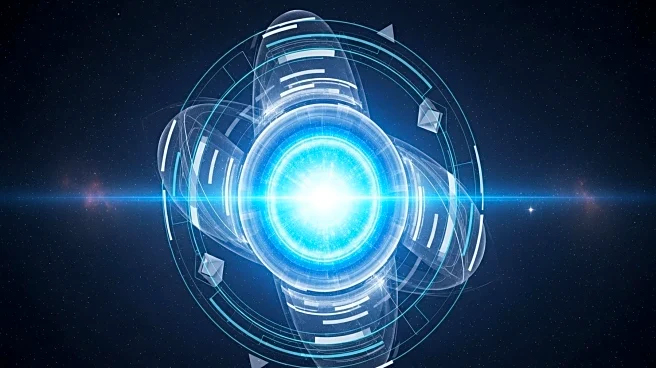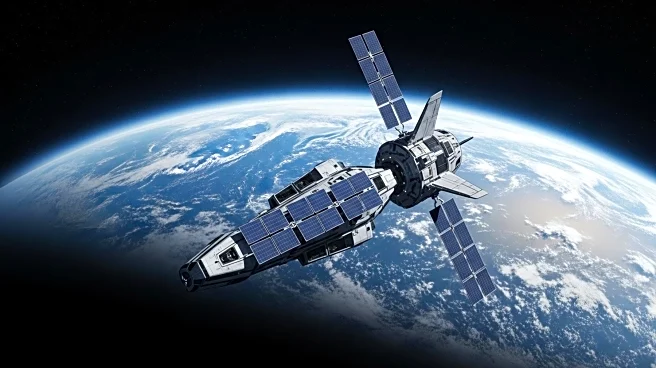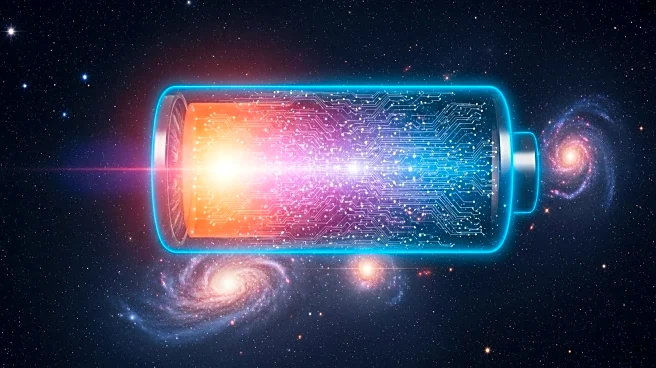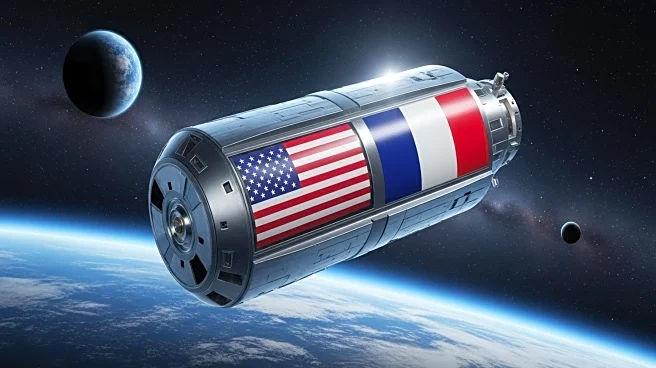What's Happening?
Asteroid 2023 CX1, spotted by a Hungarian astronomer, disintegrated over northwestern France, providing scientists with valuable data on how space rocks break apart. The asteroid, weighing 650 kilos, was tracked by NASA and the European Space Agency, allowing for precise calculations of its descent. Observatories worldwide studied its journey, aided by amateur astronomers and public contributions. The asteroid's fragmentation was observed in detail, revealing a 'brutal' break-up that released significant energy. The study, published in Nature Astronomy, adds to the limited instances of pre-impact asteroid detection.
Why It's Important?
Understanding asteroid fragmentation is crucial for assessing potential threats to Earth and developing mitigation strategies. The detailed observations of 2023 CX1's disintegration provide insights into the dynamics of space rock break-up, which can inform future studies and improve predictive models. This research enhances our ability to track and analyze asteroids, contributing to planetary defense efforts and expanding our knowledge of celestial phenomena.
Beyond the Headlines
The study highlights the importance of public collaboration in scientific research, demonstrating how amateur contributions can enhance precision in observations. The findings also suggest that certain fragmentation patterns could pose more significant risks than gradual disintegration, emphasizing the need for continued research into asteroid behavior and impact scenarios.

